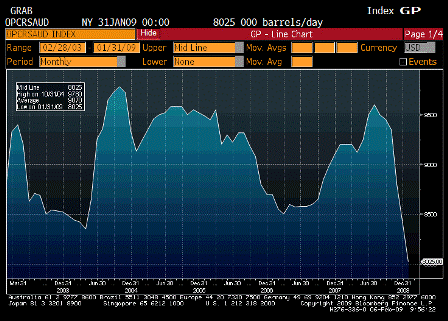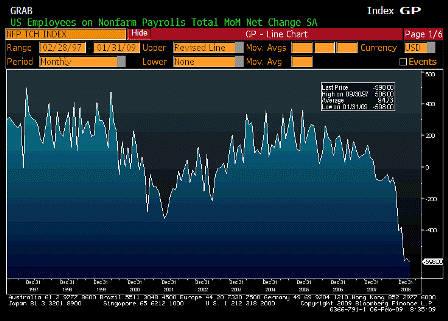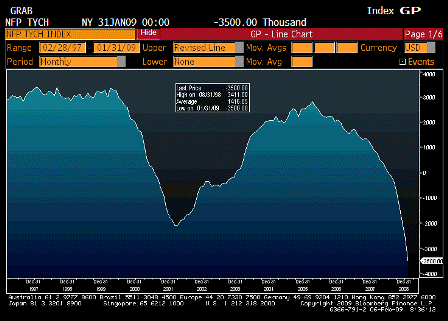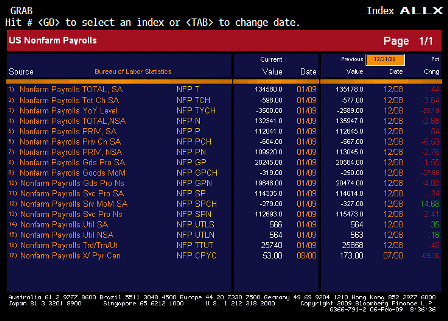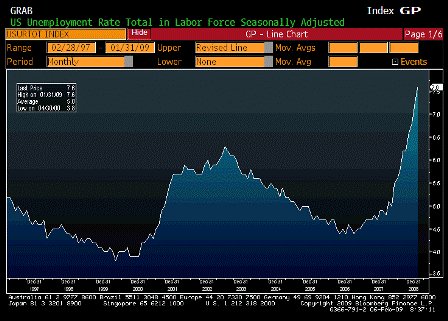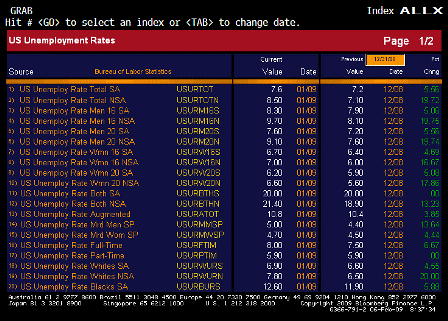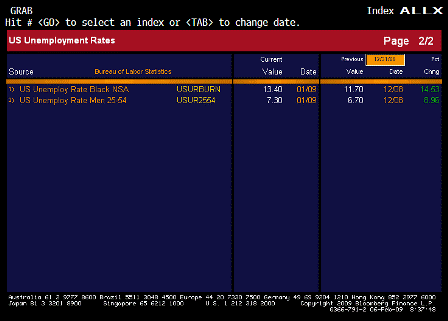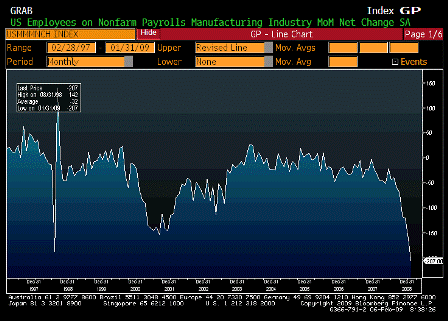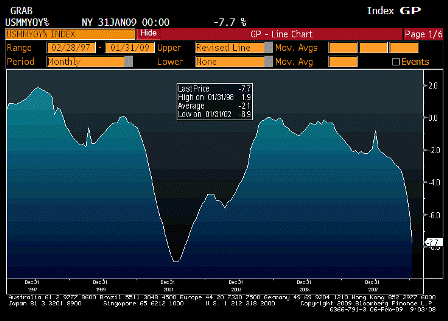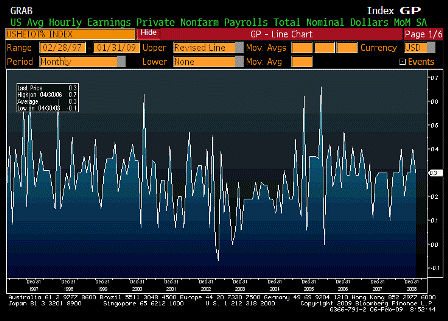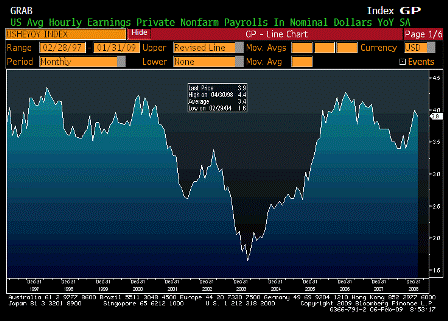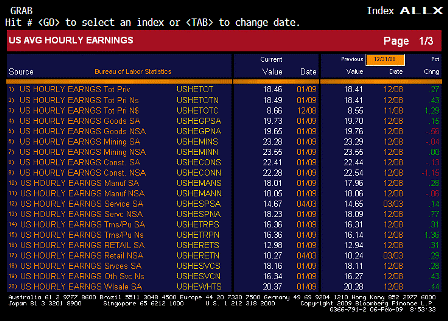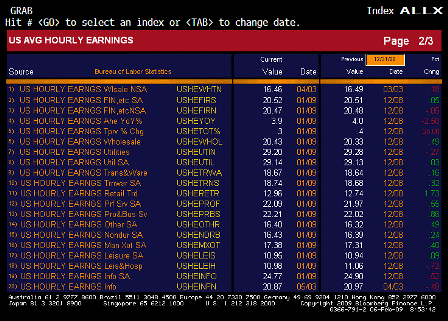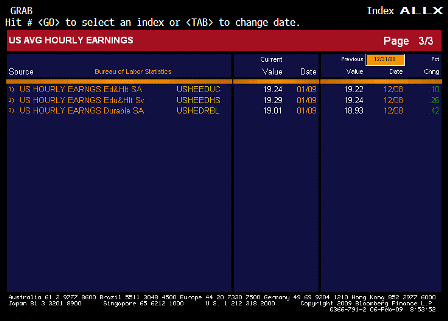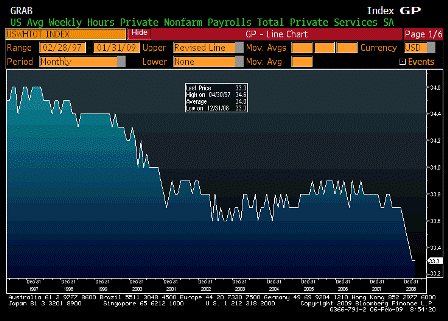[Skip to the end]
Running with tails cut off with a carving knife:
This is what you get when the head of the CB doesn’t understand monetary operations and reserves accounting:
by Jason Clenfield and Toru Fujioka
Feb 5 (Bloomberg) — Bank of Japan Governor Masaaki Shirakawa said the central bank will limit its purchases of stocks and corporate debt to protect its balance sheet and the credibility of the yen.
“We are mindful of the need to eventually end the purchases” as they are “extraordinary measures,” Shirakawa told lawmakers in Tokyo today. Excessive buying would worsen the central bank’s balance sheet and “have a clear impact on the yen’s credibility,” he said.
This what you get when the Finance Minister, Deputy Party Chairman, and former Finance Minister don’t understand monetary operations and reserve accounting:
by Keiko Ujikane
Feb 6 (Bloomberg) — Japan’s government isn’t considering printing new money, Finance Minister Shoichi Nakagawa said.
He was responding to a report in the Financial Times that ruling party lawmakers would today propose printing 50 trillion yen ($549 billion) of a new currency to be used to pay for stimulating the economy.
“The idea of the government printing money isn’t in my mind,” Nakagawa said at a press briefing in Tokyo today.
“Japan’s economy is worsening rapidly so some people are discussing various ways of financing business activities and daily life.”
Yoshihide Suga, deputy chairman of the ruling Liberal Democratic Party election strategy council, is among the group of politicians that will suggest using 30 trillion yen of the money on projects such as doubling the size of Tokyo’s Haneda airport, the Financial Times reported. The other 20 trillion yen would be for government purchases of stocks and real estate.
Bank of Japan Governor Masaaki Shirakawa said Feb. 3 such a plan would hurt the credibility of the yen and lead to an increase in long-term yields by raising concern about the government’s ability to pay back the debt.
Former Finance Minister Bunmei Ibuki, speaking at a meeting of ruling LDP factions, said currency printed by the government rather than the Bank of Japan would devalue the yen and invite inflation, according to the Yomiuri Newspaper.
Discussions about the printing the money weren’t in the public interest, Ibuki said.
This is what you get when the Prime Minister doesn’t understand monetary operations or reserve accounting:
by Dave McCombs
Feb 6 (Bloomberg) — An aide to Japan’s Prime Minister Taro Aso and some lawmakers will today propose printing 50 trillion yen ($549 billion) worth of a new currency to be used to pay for stimulating the economy, the Financial Times reported, citing Koutaro Tamura, an upper house Diet member.
Yoshihide Suga, deputy chairman of the ruling Liberal Democratic Party election strategy council, is among the group of politicians that will suggest 30 trillion yen of the scrip for programs for new industries and projects such as doubling the size of Tokyo’s Haneda airport, the report said. The other 20 trillion yen worth of the new currency would be allocated to government purchases of stocks and real estate.
[top]

